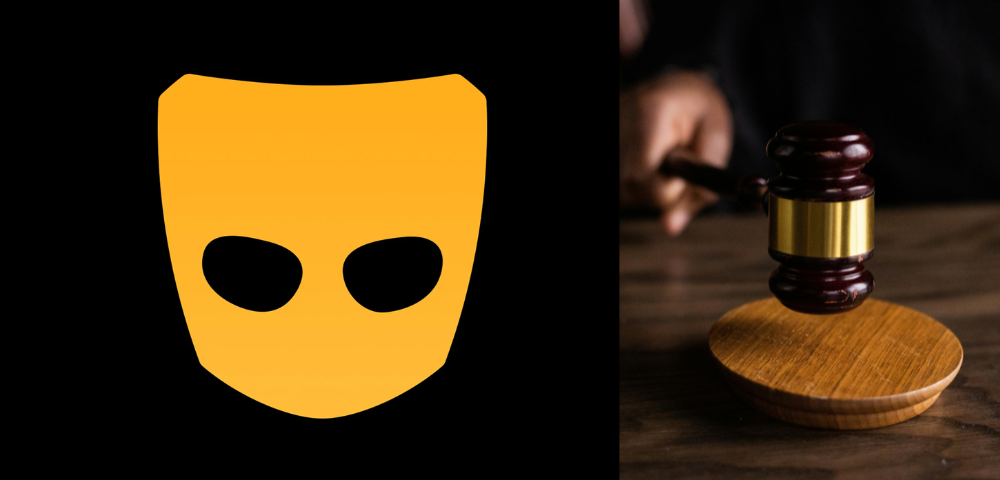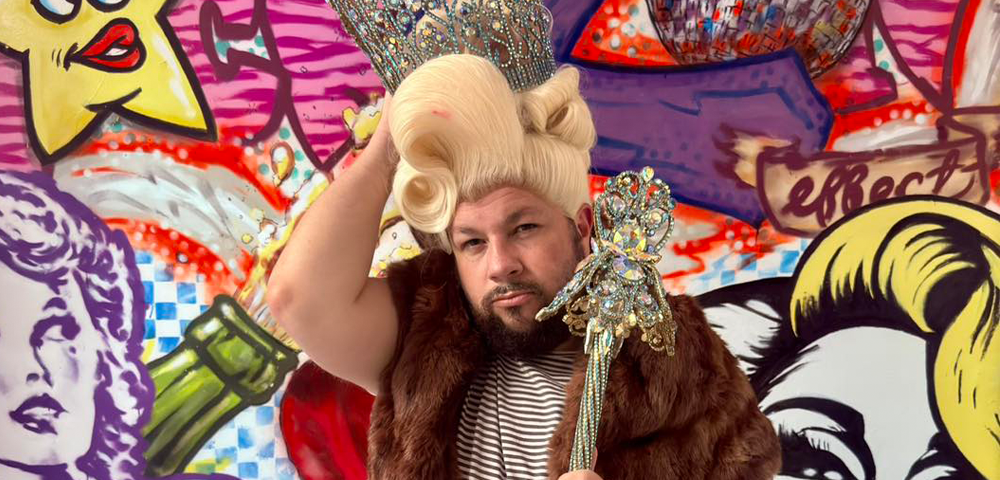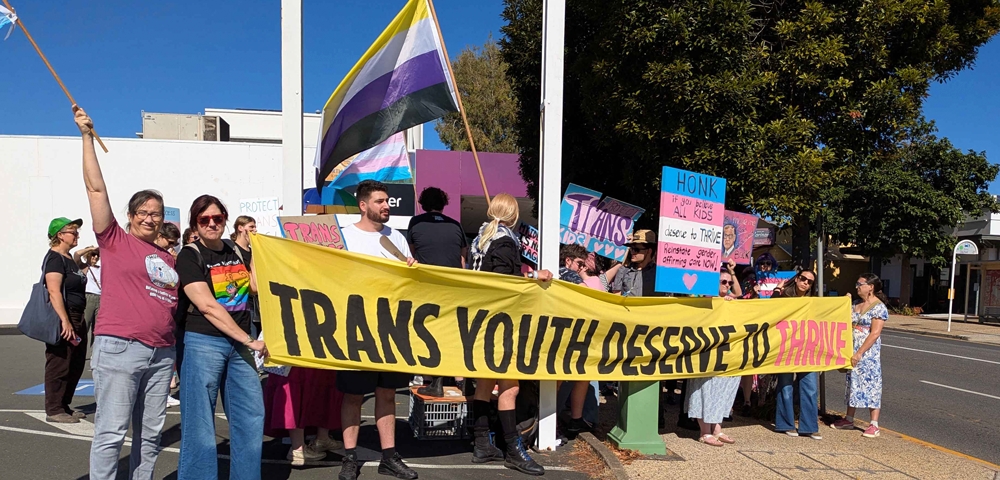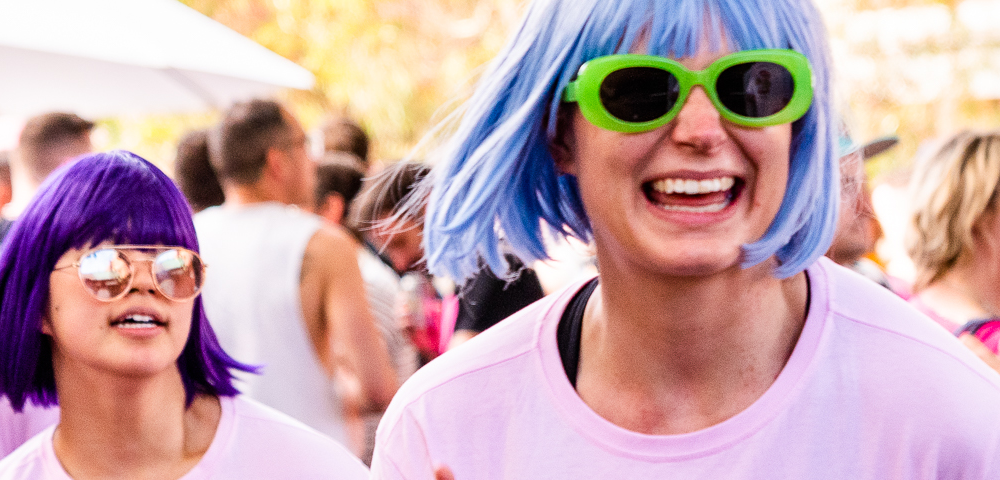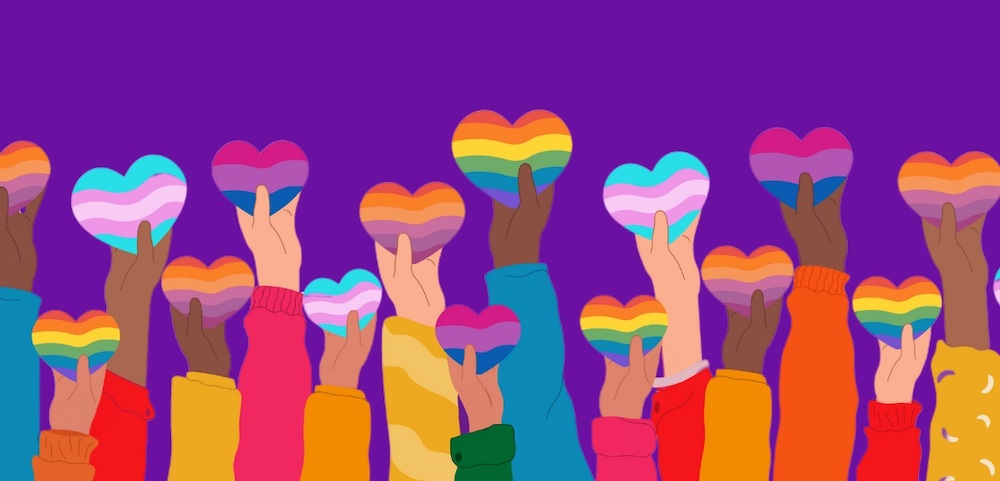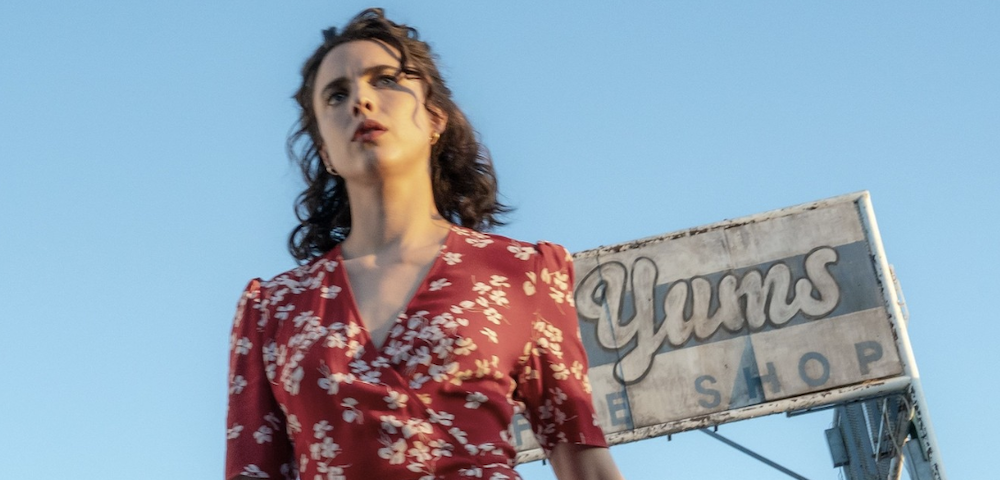
A Symbol of Our Progress: The Raising of the Progress Pride Flag
Symbols and iconography are integral to a community. They can instantly, efficiently, wordlessly, signal common ground among people. We unite, fight, love and celebrate bearing and flying our symbols.
The first symbol universally adopted by the LGBTQ+ community had dark origins. During their reign, the Nazis sewed an inverted pink triangle onto the uniforms of deviant (gay, bisexual, trans) male concentration camp prisoners.
In the 1970s, the pink triangle was appropriated by a burgeoning gay liberation movement in North America and Europe.
By the 1980s, it had become ubiquitous worldwide as a symbol of unity, safety and pride in the LGBTQ+ community.
1978: Rainbow Pride
Meanwhile, the queer community in San Francisco had already decided by 1978 that they didn’t want to use a symbol with such heinous origins.
Supervisor Harvey Milk commissioned designer Gilbert Baker to come up with something new and nicer. Baker created a flag with eight different coloured stripes, a modified rainbow. The colours were representational: hot pink (sex); red (life); orange (healing); yellow (sunlight); green (nature); turquoise (magic/art); indigo (serenity); violet (spirit).
Milk’s assassination prompted an increased show of solidarity from the queer community, and flag sales surged.
The resulting shortage of pink fabric led to that stripe being dropped. The turquoise stripe was dropped the following year so that the flag could be divided evenly in two to flank a pride parade.
The flag was now red, orange, yellow, green, blue and purple, and that configuration was the standard until recently.
From the early days of gay liberation, the ever-evolving queer community had been separating into distinct groups and creating their separate identifiers.
1999: Transgender Pride
Designed by trans woman Monica Helms in 1999, the transgender pride flag is one of the more recognised bespoke flags.
It consists of five horizontal bars: white at the centre (non-binary, transitioning, and intersex); pink above and below it (femininity, traditional colour used for baby girls); and blue at the very top and bottom (masculinity, traditional colour used for baby boys).
2018: Progress Pride
In 2017, the City of Philadelphia wanted to embrace the high number of people of colour in its LGBTQ+ community, so a black and a brown stripe were added above the six colours.
Finding a single symbol that includes everyone’s colours is a continuing challenge.
In 2018, non-binary designer Daniel Quasar tweaked the rainbow flag, adding a lateral chevron on the left made up of white, pink, blue, brown, and black v-stripes.
The Progress Pride flag, as it is known, is now widely adopted as the standard.
Mardi Gras will fly the Progress Pride flag on the mast of Sydney Town Hall throughout the festival.
The Progress Pride flag-raising will officially take place at 6pm on February 18 at Town Hall, Sydney.




